3 Count: Dirty Cheaters
Plagiarism Today
JULY 28, 2021
The lawsuit alleges that the group is committing copyright infringement not only because they are making derivative works based upon their games, but because they are circumventing copyright protection tools. The 3 Count Logo was created by Justin Goff and is licensed under a Creative Commons Attribution License.


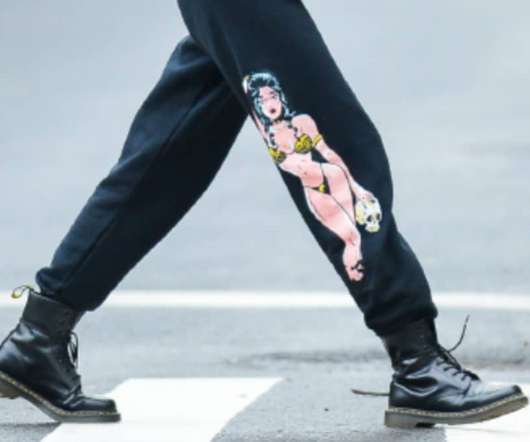

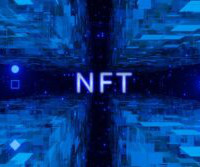





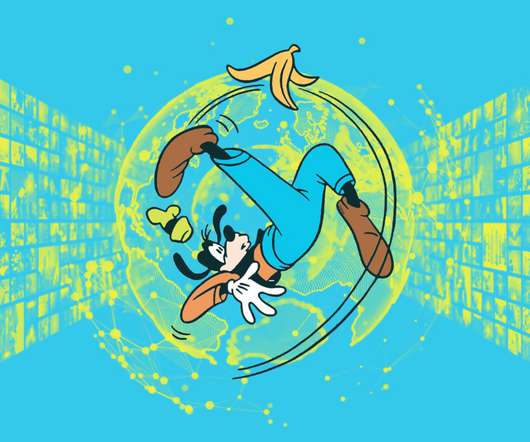


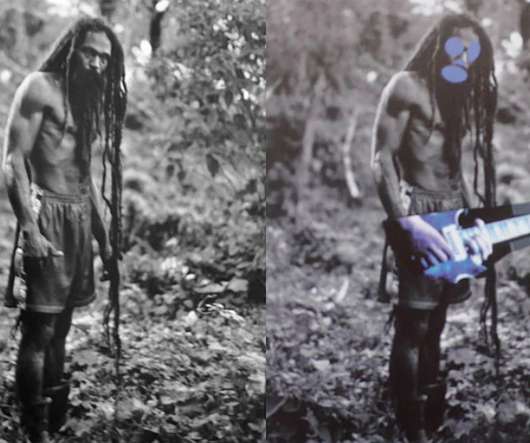

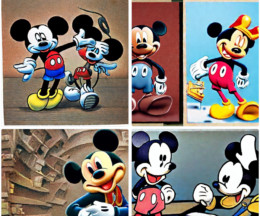
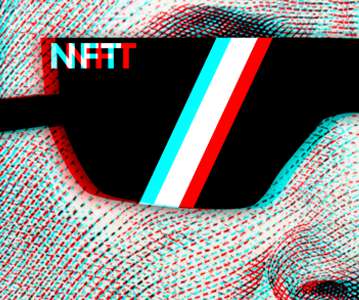






Let's personalize your content